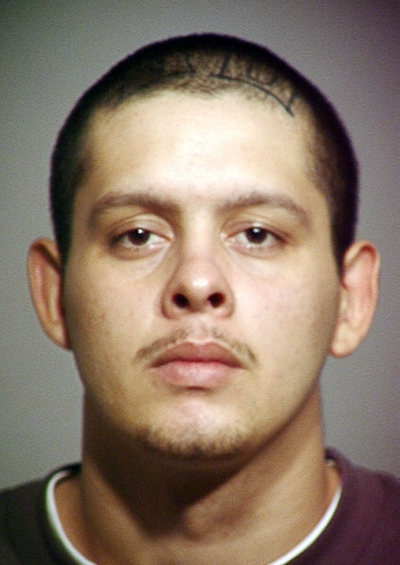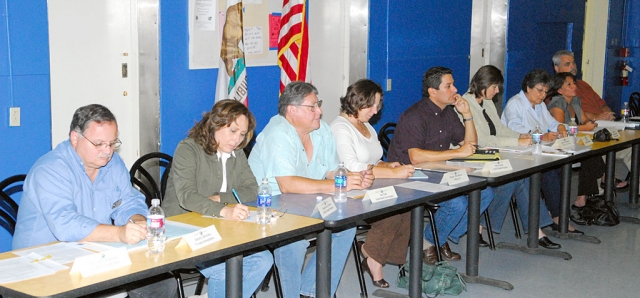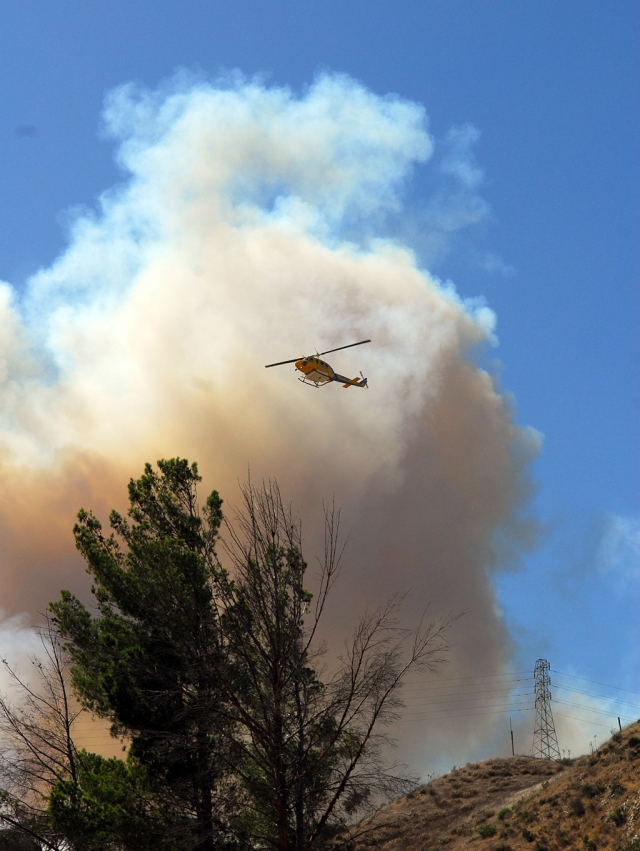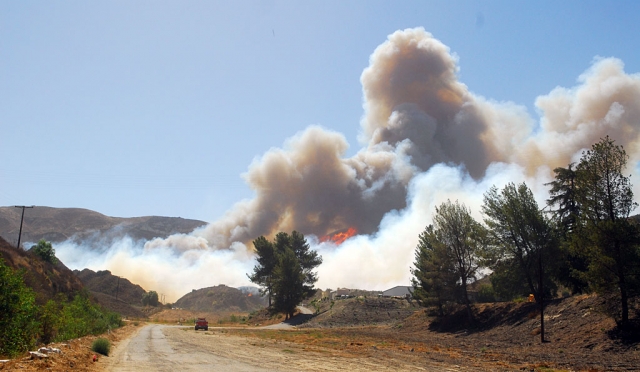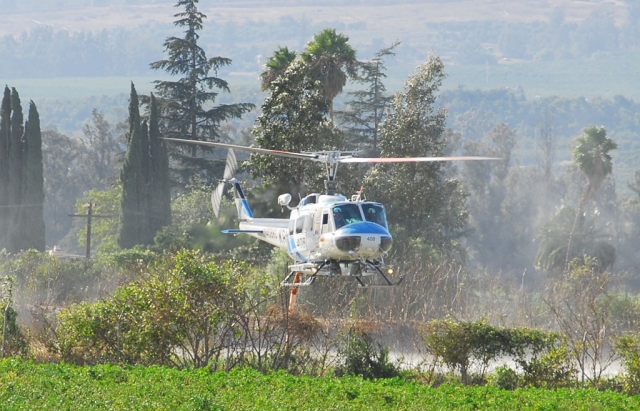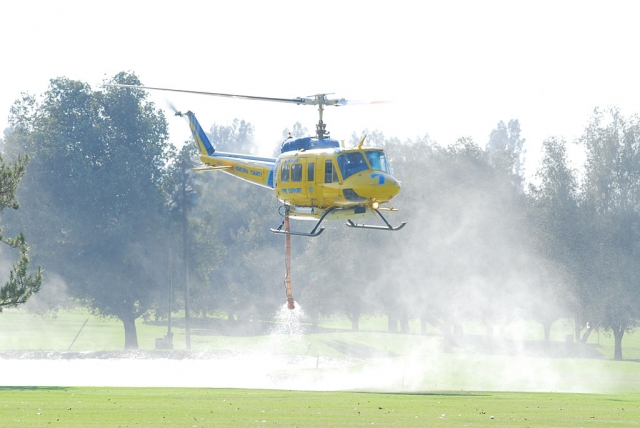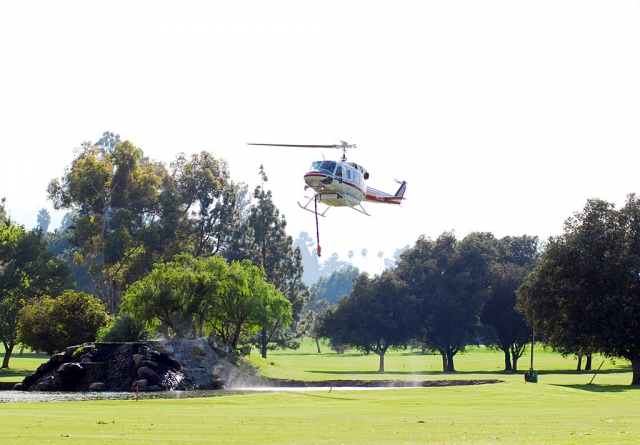|
By Anonymous — Wednesday, September 30th, 2009
David Joseph Garcia, 34, a Fillmore native, and Alex Estrada, 33, of Ventura were killed early Sunday morning by an alleged drunk driver on Highway 118, after leaving the American Cancer Society Relay for Life event in Fillmore. Garcia’s wife, Sonia Garcia, 26, was critically injured in the crash. The suspected drunk driver, Jorge Hernandez, 24, of Oxnard was also seriously injured. Garcia and Estrada were well-known DJ’s in Ventura County, and had DJ’ed the Relay into Sunday morning. The cause was close to Garcia’s heart, his mother survived cancer and his father died of the disease. David was a Fillmore High 1994 graduate, a big man known for his gentle ways. David was also known as DJ Gorilla, a nickname he picked up when he played junior varsity football at Fillmore High School. He was also known as DJ Bibi. Estrada was known professionally as DJ Alex E. David was pronounced dead at the scene of the collision. Estrada was pronounced dead several hours later at Ventura County Medical Center. Hernandez was driving a pickup truck westbound in the eastbound lane of the roadway when he crashed into the car, apparently without headlights. A dinner fundraiser will be held Thursday, October 1st, from 6pm-10pm at Ruby's Cafe in Oxnard for the families of DJ Alex E and DJ Gorilla. MEstrada's family is accepting donations at Santa Barbara Bank & Trust, account # 122220593, Alex Estrada Memorial Account. The Garcia Family is also accepting donations at Bank of America acct. # 0912130005. |
Now Hiring: Deputy City Clerk
The City of Fillmore is seeking a detail-oriented and highly organized professional to join our City Clerk’s Office as Deputy City Clerk. This key role supports City Council operations, maintains official records, ensures legal compliance, and helps uphold transparency in local government. If you’re passionate about public service, governance, and supporting elected officials, we encourage you to apply. Learn more and apply at www.fillmoreca.gov.
|
By Anonymous — Wednesday, September 30th, 2009
Location: 800 Block Edison Lane Fillmore, Ca. 93015 Suspects Address Age Christian Giusti Fillmore 23 On the afternoon of September 26, 2009, members of the Fillmore Police and Sheriff’s Gang Units went to a residence located in the 800 Block of Edison Lane in the City of Fillmore in search of a known Fillmore gang member wanted on an outstanding arrest warrant. The officers located and arrested a seventeen year-old Fillmore gang member wanted on a juvenile arrest warrant without incident. The minor was not the intended focus of the search. The officers entered the home in search of the wanted subject and found Christian Giusti, another Fillmore gang member who is on probation. Officers searched Giusti and found him in possession of bullets and a handgun. The minor was lodged in Juvenile Hall pending his appearance in court. Giusti was booked in county jail facing charges of being a convicted felon in possession of ammunition and a firearm; both are felony charges. |
 Pictured above: Joanathan “Jon” Gerlach (right) carrying a m16a2 with a m203, with Sgt. Cunningham (left). Enlarge Photo By Anonymous — Wednesday, September 30th, 2009
Joanathon “Jon” Gerlach, 20 years, a 2008 graduate of Fillmore High School is stationed in Germany and was recently promoted to Private First Class (PFC) in the United States Army. Jon's entire education was within the Fillmore Unified School District where he also attended San Cayetano Elementary School and Fillmore Middle School. Jon enlisted in the United States Army in June 2008 right after graduation from FHS. When Jon enlisted in the Army he knew he wanted to make the Army a career and he enlisted for 4 years. PFC Joanathan Gerlach is married to wife, Carmen (Barocio), and they have a daughter Addison 8 months. His mother is Barbara Gerlach of Piru and his siblings are brother Niles Gerlach 31, of Piru and sister, Andrea Rodriguez 28, of Fillmore. Maternal Grandparents are Jack Sivils of Lake Isabella, California and the late Bonnie Sivils. Grandfather Sivils worked most of his life on the Vanonni Ranch in Saticoy. Jon’s Paternal Grandparents are the late Rudolph and Doris Gerlach of Ventura. United States Army PFC Joanathan Gerlach attended Basic Training at Fort Jackson, South. Carolina. While he was in Basic Training he was CONTINUED » |
|
By Anonymous — Wednesday, September 30th, 2009
Nine teachers from Piru Elementary School, working with their former principal Richard Durborow, mailed a charter school petition last week to Fillmore Unified School District (FUSD) Superintendent Jeff Sweeney and Board Members beginning the process to obtain charter status for Piru Elementary School. Piru Charter School (PCS) plans to open their doors beginning in the 2010-2011 school year. The charter petition is a result of collaboration which began last spring during a District reorganization planning process, and which continued despite the efforts of the FUSD administration to halt it. District Superintendent Jeff Sweeney released this statement to the Gazette: “The District first became aware last year that a small group of Piru staff and parents was interested in pursuing a charter due to concerns being raised by staff who were not in favor of the potential charter. By the end of the school year, these growing concerns divided the staff and was becoming a disruption to the school. Consequently, I directed interested staff not to work on the charter during school hours, but rather on their own time. The Fillmore Unified School District received a petition for a charter conversion on September 16, 2009, without the consensus or knowledge of the whole staff. That was the first official notice that a charter was being considered. No decision on the charter has been reached. A public hearing will be held on October 21 at 6:00 p.m. to review the application. The District will consider the application according to Board policy.” Did you apply for Charter status last spring? CONTINUED » |
|
By Anonymous — Wednesday, September 30th, 2009
The Fillmore City Council and Unified School District board have decided to set up a pilot program for use of the new high school track by the general public. The mechanics of how the use will be managed has yet to be determined. A local adult running club presented arguments to the meeting on why they should be allowed access to the track. Both the city and the school district are concerned about liability issues. School Board member Liz Wilde said the city should be taking the lead in this issue but the students should have priority in using the track. School trustee Tony Prado stated that adults need to use the track in the evening. District Superintendent Jeff Sweeney said, “The safety of our students is a priority. Students use the track until 8 or 9 p.m. We are concerned about students mixing with the adult community.” Both groups discussed charging a $25 signup fee for people wanting to use the track. Deputy City Manager Bill Bartels said CONTINUED » |
|
By Anonymous — Wednesday, September 30th, 2009
09/02/09-09/08/09 |
|
By Anonymous — Wednesday, September 30th, 2009
Date & Time: September 29, 2009 4:00 PM At 10:48 AM on September 29th, an earthquake with preliminary magnitude 8.0 occurred in the Samoa Islands region. A Tsunami Advisory is in effect which includes the coastal areas of California and Oregon from the California-Mexico border to the Oregon-Washington border. A Tsunami Advisory means that a tsunami capable of producing strong currents or waves dangerous to persons in or very near the water is imminent or expected. Significant, widespread inundation is not expected for areas under an advisory. Currents may be hazardous to swimmers, boats, and coastal structures and may continue for several hours after the initial wave arrival. According to the National Weather Service, Ventura County can expect a minor wave up to one foot. The arrival time in Santa Barbara is expected at 9:03 p.m. this evening. The arrival time in Santa Monica is expected at 9:11 p.m. For updated information, please visit the County of Ventura website and click on the Disaster Information page (www.countyofventura.org/disasterinformation). |
|
By Anonymous — Friday, September 25th, 2009
Final Fire Information: Fire video from this week Raw Footage of the Fillmore (Guiberson) Fire taken between 4:30-5:00 p.m. on South Mountain Road near the Bardsdale Cemetery, Fillmore, CA. Footage submitted by Alissa Thompson who filmed this helicopter refueling near her house at approximately 12:45 p.m. 09-23-09. If you have pictures or video of the fire, please email us at info@fillmoregazette.com Raw Footage of the Fillmore (Guiberson) Fire taken between 7:00-7:30 p.m. in Bardsdale near Fillmore, CA. Raw Footage of the Fillmore (Guiberson) Fire taken between 4:30-5:00 p.m. at Elkins Golf Course, Fillmore, CA. |
|
By Anonymous — Friday, September 25th, 2009
Photographs from this week's Guiberson Fire
|




